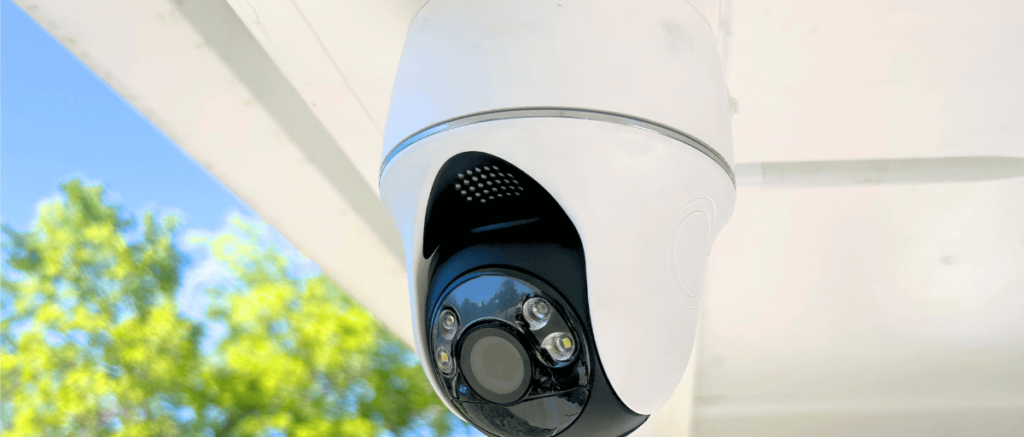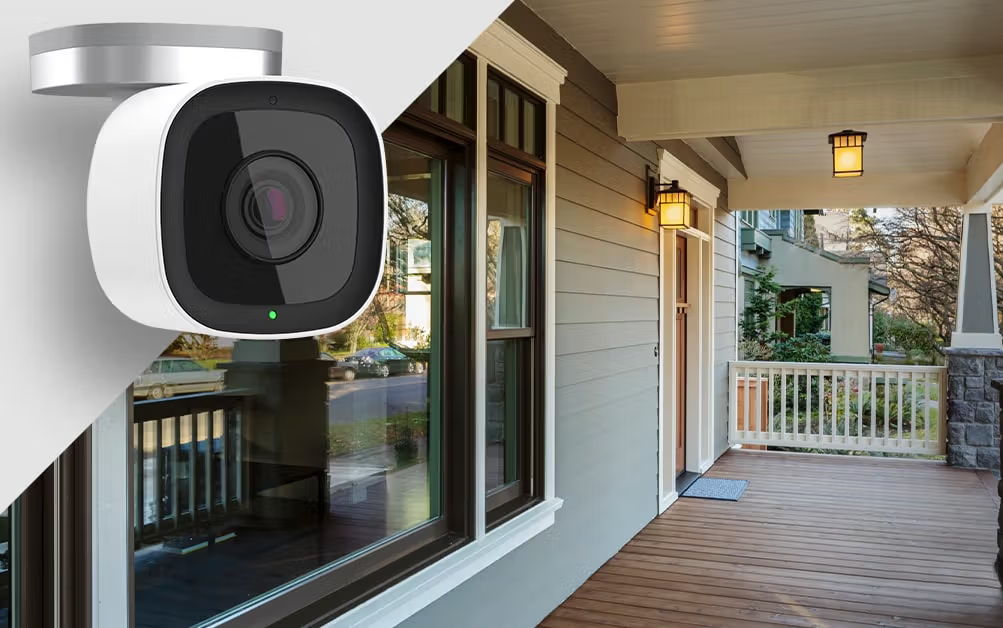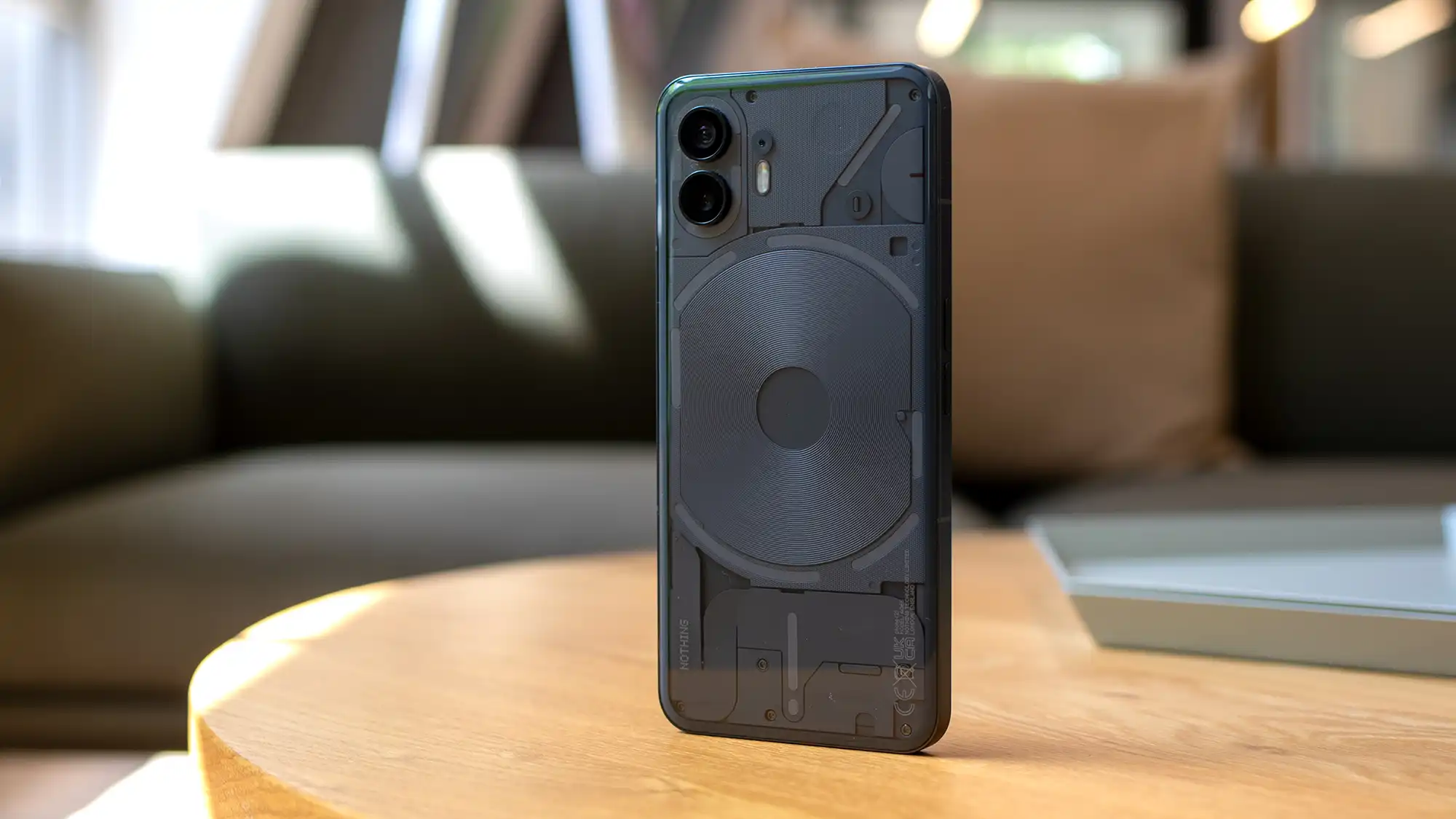
Wi-Fi-connected security cameras have been a popular and easy way for homeowners to keep an eye on their property and ensure peace of mind. Whether it’s tracking the delivery of packages or monitoring for potential intruders, these devices provide an accessible form of security for millions. However, it seems that burglars are now leveraging technology to counter the benefits of these cameras in a disturbing new trend. According to a tweet from the Los Angeles Police Department’s Wilshire division, a group of burglars has been using Wi-Fi jamming devices to disable wireless security cameras before carrying out break-ins.
This isn’t your typical burglary scenario. These thieves appear to be far more organized than most. They are working in teams with lookout members to monitor the area before they act, and they are entering homes through less conventional entry points, such as second-story windows. Their targets seem to be high-value items that are easier to steal and transport, such as jewelry, designer purses, and other small valuables. The use of Wi-Fi jammers is a key part of their plan, as these devices disable any real-time surveillance that would otherwise alert the homeowner or authorities to a break-in in progress. This disruption significantly increases the chances that the burglars will get away without being caught.
While it’s clear that these criminals are going to great lengths to avoid detection, it’s also worth noting that Wi-Fi signal jammers are illegal in the United States. The Federal Communications Commission (FCC) heavily regulates wireless communication devices and doesn’t allow consumer-grade devices that intentionally disrupt radio waves. Despite the legal restrictions, Wi-Fi jammers are still fairly easy to acquire or build, often through less-than-reputable sources on the internet.
The police, understandably, recommend additional measures such as using old-fashioned wired camera systems, which are less susceptible to Wi-Fi interference. However, installing these systems is not as simple as plugging in a few devices; it requires extra hardware and professional installation, which can be costly and time-consuming. Another suggestion is to add padlocks to electrical circuit boxes to prevent power outages that could disable both wired and wireless security systems. While these suggestions have merit, they might not always be practical or effective, especially if the criminals are sophisticated enough to cut power or disable security cameras without leaving a trace.
For homeowners who aren’t ready to invest in a full wired security system, there is another, simpler option: cameras with built-in storage and battery power. Eufy’s solar-powered SoloCam series, for example, offers the advantage of being completely independent from a Wi-Fi network once set up. These cameras can continue to record even if the Wi-Fi is disrupted, providing an independent backup in case of an emergency. As long as the camera is installed in a location that is not easily accessible, it should provide a visual record of any break-in attempts, which can then be used for evidence or in police investigations. While these measures may not prevent a break-in, they give you a fighting chance by providing useful footage if a crime does occur.




